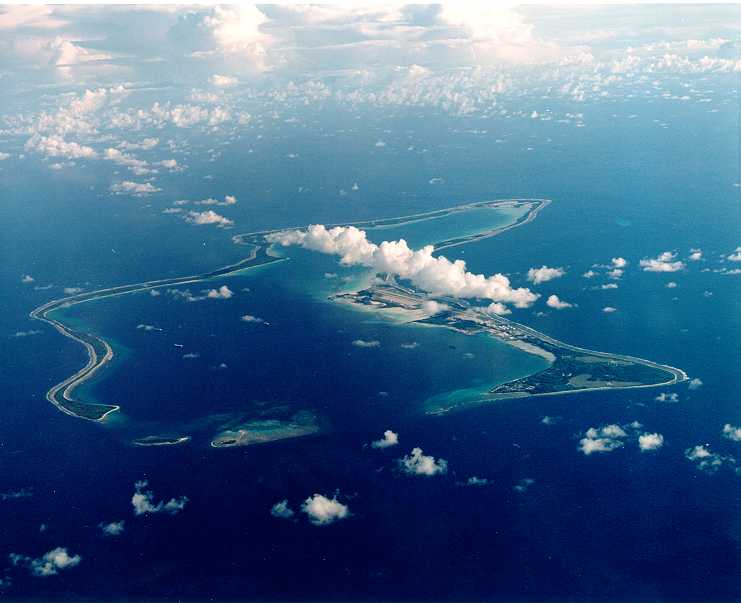U.S. Military Buildup at Diego Garcia: Strategic Posturing and Geopolitical Implications

The United States has significantly expanded its military presence at Diego Garcia, a remote U.S.-UK joint base in the Indian Ocean, deploying advanced B-2 Spirit stealth bombers, KC-135 refueling tankers, and C-17 cargo planes. Satellite imagery analyzed by The War Zone and other outlets reveals at least six B-2s—nearly a third of the U.S. fleet—parked on the island’s tarmac, alongside supporting aircraft. This unprecedented buildup coincides with escalating tensions with Iran, ongoing strikes against Houthi rebels in Yemen, and broader Indo-Pacific strategic recalibrations. Here’s an in-depth analysis of the reasons, scenarios, and implications behind this mobilization.
Strategic Importance of Diego Garcia
Diego Garcia, part of the Chagos Archipelago, has served as a linchpin of U.S. military power projection since the 1970s. Its geographic position offers unique advantages:
- Proximity to Hotspots: Located 2,200 miles from Iran and 1,800 miles from Yemen, it places U.S. assets beyond the range of most Iranian missiles while enabling rapid strikes across the Middle East and Indo-Pacific.
- Political Insulation: Unlike bases in Saudi Arabia or Qatar, Diego Garcia avoids host-nation sensitivities, allowing operations without regional diplomatic fallout.
- Logistical Hub: The base’s deep-water port and airfield support large-scale deployments, including pre-positioned supplies for rapid mobilization.
Historically, Diego Garcia facilitated operations in Afghanistan (2001) and Iraq (2003). Today, it is central to U.S. efforts to counter dual threats: Iran’s regional proxies and China’s Indo-Pacific ambitions.




